Are you worried about your heat pump when it rains or snows? Do you wonder how to protect it from inclement weather? You don't have to worry, as we've researched helpful ways to protect your heat pump.
Protecting the heat pump is critical to prolonging its lifespan and ensuring efficient performance. To protect the heat pump from freezing rain and snow, follow these steps:
- Unplug the heat pump.
- Clean the heat pump.
- Replace the filters if needed.
- Make a roof.
- Test the heat pump.
We hope that, through this article, you'll learn ways to maintain and protect your heat pump. We'll also explore related information on how to use heat pumps efficiently. Keep reading to learn more!
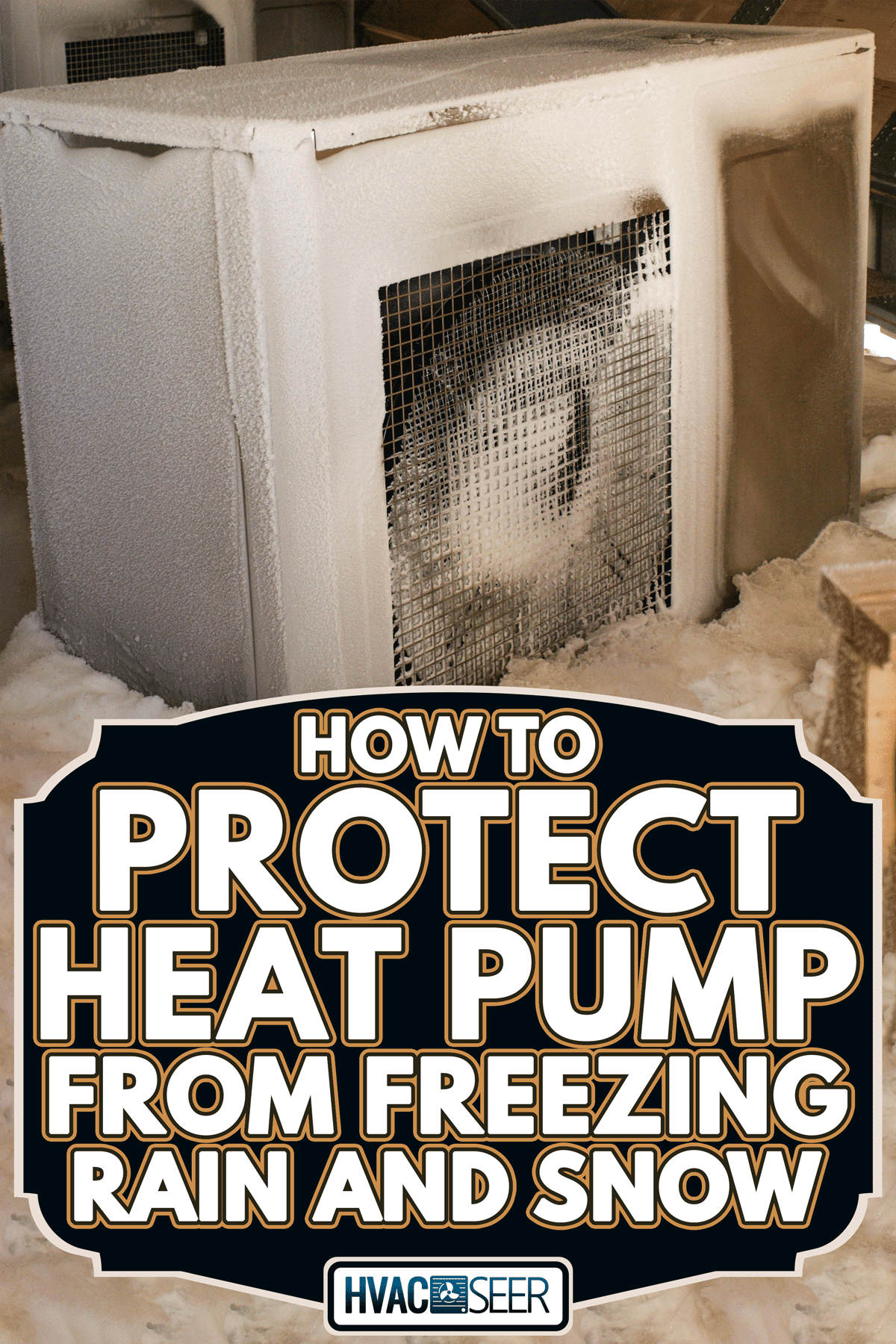
About Protecting the Heat Pump
We've listed and elaborated the steps to protect a heat pump from rain, snow, and other things that cause damage. See below for more details..
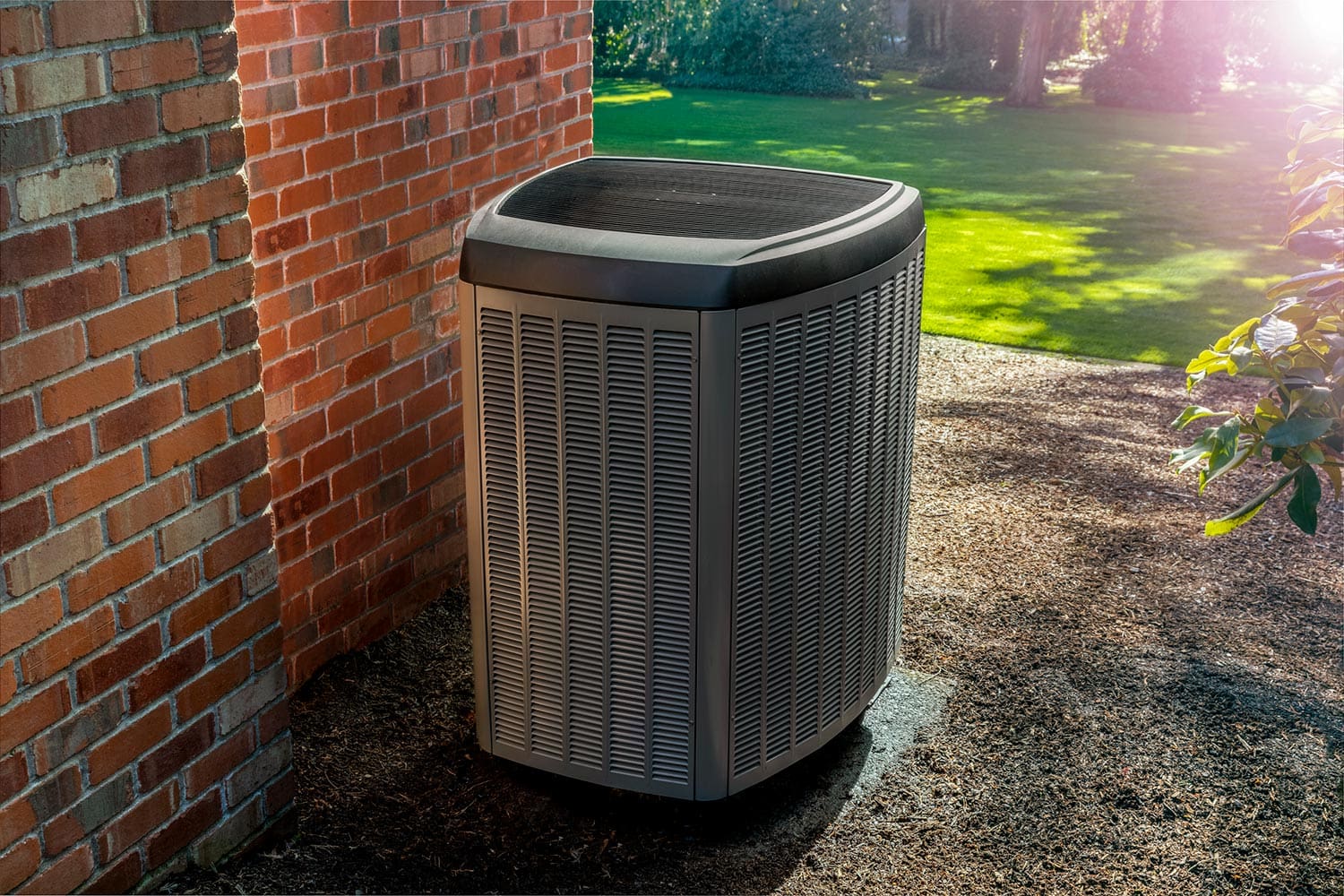
1. Unplug the Heat Pump
Before you start, you need to unplug the heat pump. You can't just pull the cord, it has to be unplugged properly.
Follow these steps:
- Switch off the circuit breaker of the heat pump.
- Unscrew and detach the terminal cables connecting the heat pump to the power source.
- Cover the ends of the hoses with duct tape to block dirt from coming inside.
2. Vacuum the Heat Pump
After unplugging the heat pump, it needs to be cleaned. This is to ensure the heat pump is in good condition and will work properly.
Follow these steps:
- Remove both the cover and the filters with a screwdriver.
- In a basin, soak the cover and filters with water and a bit of dishwashing liquid. Let them dry.
- Use a vacuum cleaner to suck the dirt inside the heat pump. Set the vacuum cleaner on a low level to avoid damage to the motor.
- When the cover and filters are dry, simply put them back.
- Rub the exterior of the heat pump with a dry, soft cloth.
3. Change the Filters
You may also want to change the filters. Usually, air filters become damaged because of excessive moisture from rain or winter weather.
4. Make a Roof
Next, you need to make a roof above the heat pump. Do not completely cover the heat pump as that may worsen any damage.
Gather the following tools to make a roof for the heat pump:
Wood
You'll need wood to make a frame. Depending on the height of the heat pump, you'll need 8 to 12 wood pieces at least 2 to 4-feet long.
Saw
If the wood you bought is too long, cut it with a saw. Don't throw away any excess pieces because you can still use them to enhance the frame.
See this multi-purpose saw on Amazon.
Nails and Hammer
Use long nails to secure the roof, and a hammer to pin the nails.
See this nail and hammer set on Amazon.
Steel Roof
Usually, a single roof sheet is enough. It's good to use steel roofing for easier ice and snow removal, as both dissolve faster on metallic surfaces.
Roof Sealant
A roof sealant ensures that no moisture will pass through or around the nails. Keep the sealant for future use in case the roof leaks.
See this roof sealant on Amazon.
Refer to the image below to give you an idea of what the roofing should look like.
Now, to make a roof like the one above, follow these steps:
- Measure the area where the heat pump may take up space before installing the roof.
- Make a wooden frame around the heat pump with 7 to 10 inches of spacing above and on all sides to ensure proper airflow.
- Make a platform under the heat pump to prevent direct contact on the ground.
- Align the steel roof above, then nail it to the wooden frame. Make sure you leave an excess portion of the roof a bit to divert the rain farther from the heat pump.
- Apply roof sealant around the nails.
5. Test the Heat Pump

Did you remember you covered the cables with duct tape when you unplugged them? You just have to remove these covers and set the electrical wiring back to its original setup. Activate the heat pump and observe to see if what you did was effective.
Why Protect Your Heat Pump?
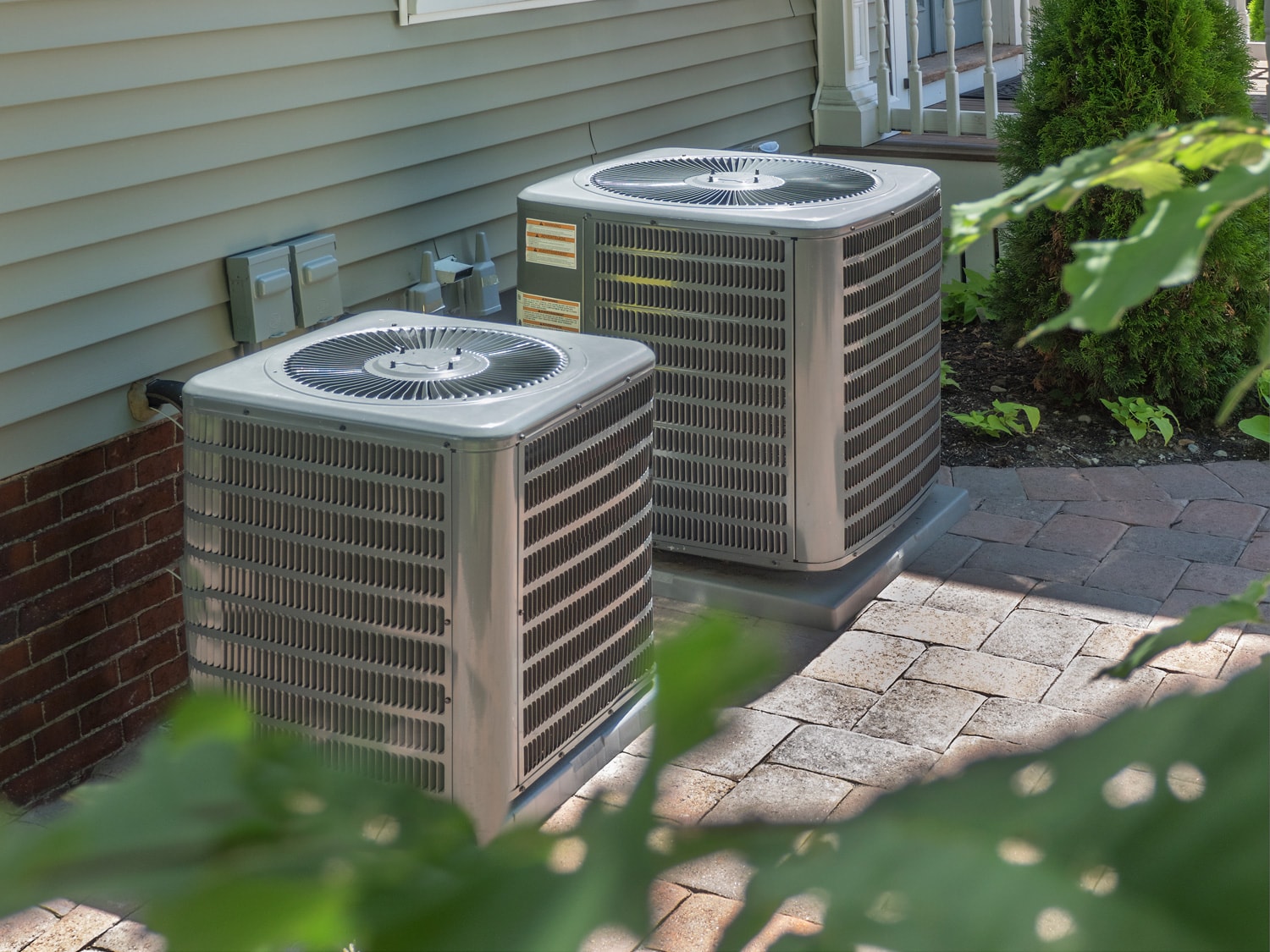
The main reason you should protect the heat pump is to ensure effective ventilation in your home. The indoor room temperature should be safe and comfortable to breathe.
A heat pump transfers hot air to keep the room warm. It can also reverse the action by sending cold air out the other end. That's why protecting the heat pump improves air circulation.
How Does A Heat Pump Operate?

A heat pump eliminates cold air by supplying a significant amount of hot air to a room. This results in a balanced room temperature. Heat pumps can also reverse the function by cooling down the room temperature when it's too hot.
Good news, most modern heat pumps come with a remote control. You only have to make a few clicks on your AC unit to control its features.
Remote controls may vary in function depending on the type of AC unit and heat pump. However, see below for these general steps:
- Point the remote at the AC unit, then press the mode button to select either 'heat' or 'cool.'
- Press the fan button to activate it.
- Set the temperature level to your desired setting.
It's best to refer to the user's guide to understand fully the features of the heat pump.
Does The Heat Pump Stop When It's Too Cold?
Yes, a heat pump can stop working when it's too cold. Just imagine hot water inside a freezer. That hot water will later become solid ice. The same thing can happen with a heat pump.
A freezing temperature can block its filters and prevent the heat pump from releasing heat. A heat pump eliminates moisture during winter, yet ice can still form.
How To Defrost A Heat Pump
The efficiency of a heat pump will drop when exposed to snow and ice for too long, which can cause permanent damage. Defrost the heat pump using these steps:
- Shut down the heat pump from the circuit breaker.
- Melt the snow and ice using water. Never scrape them off forcefully.
- Wait for at least 15 minutes before you turn on the fan.
When To Use Heat Pump?
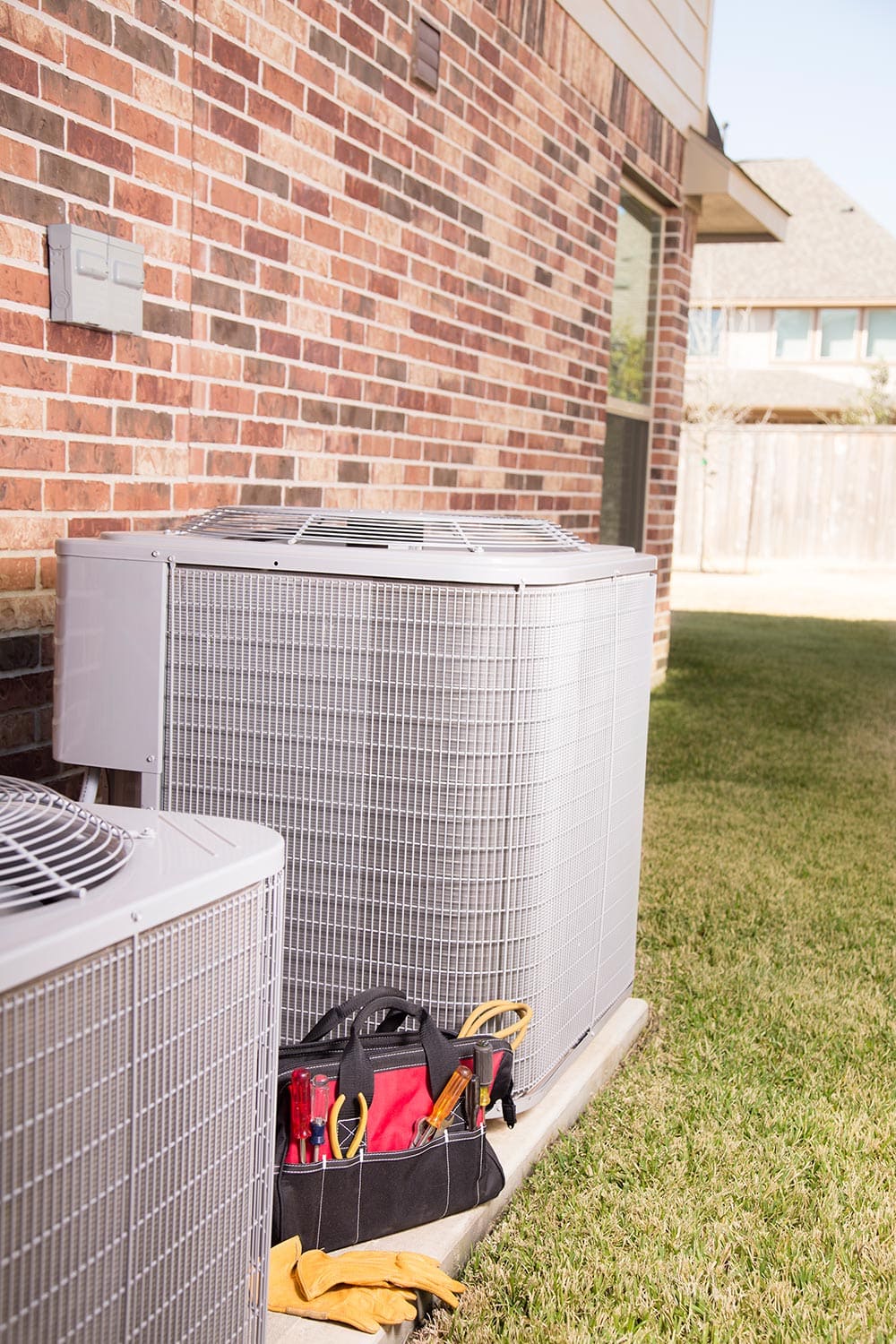
Another way to protect the heat pump is to use it when most appropriate. Heat pumps don't only circulate hot air, as they can also blow cold air.
Proper timing when using a heat pump is important. Observe the temperature of your surroundings to balance heat and cold.
Heat Pump Normal Operating Temperature
Your heat pump should operate at a temperature of around 68 degrees Fahrenheit during the winter. It's good to switch into cooling mode during summer. This is to ensure that the air inside the room is safe and efficient.
You'll want to activate 'heat' when it's winter and 'cold' when it's summer. When using a heat pump, running it for 10 to 20 minutes every three hours is enough to keep the room temperature within the normal range.
Does Heat Pump Overheat?
The heat pump can produce too much heat when left on for a long time. And, it can become dangerous if you don't act soon. Refer to the list below on what to do if the heat pump overheats.
- Remove the case covering the heat pump.
- Detach the fan. You should see a tank underneath it.
- Using a hose, wet the tanks with water until they cool down. It's fine because the tank is thermally protected.
- Put back the fan and cover.
- Wait for 2 to 3 hours or more before you use the heat pump again.
How Long Does A Heat Pump Last?
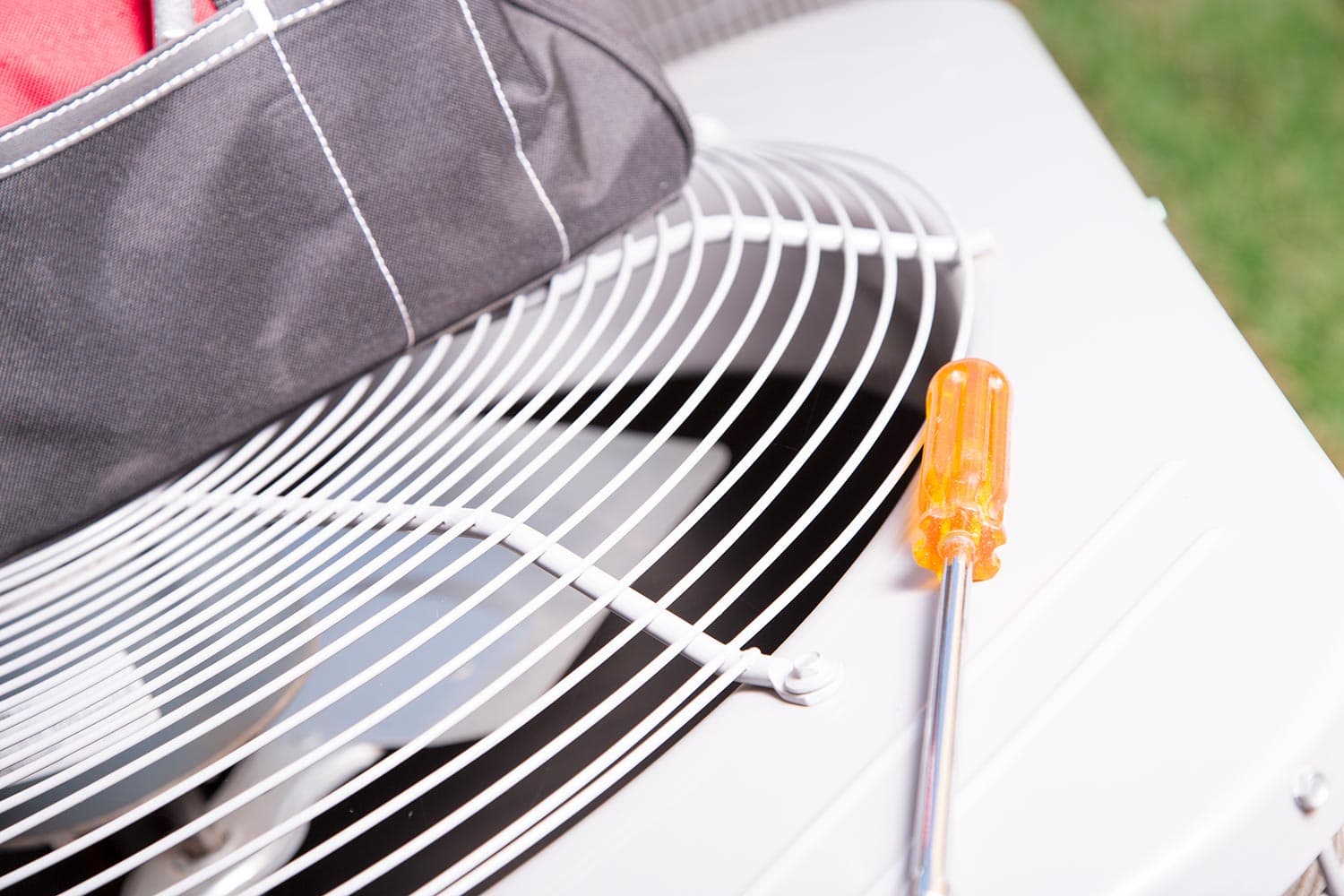
A heat pump can last up to 20 years. Proper and timely use of a heat pump prolongs its lifespan.
What Is Emergency Heat Mode On Heat Pump?
The emergency heat mode is typically for freezing temperatures, or when the heat pump cannot provide enough heat inside the room.
You'll want to use the emergency heat mode when temperatures are around 30 degrees Fahrenheit or lower. It helps recover heat transfer from freezing to warming.
Conclusion
Throughout this article, we provided step-by-step guides to protect your heat pump during the rain or winter. We also elaborated on reasons that affect heat pumps' performance.
You've also learned that a heat pump can also reverse its function by circulating a cool temperature inside the room.
A heat pump can both overheat and freeze. Always be aware of the weather in order to use a heat pump appropriately and on time.
Did you found this article useful? Then you might also like these:



